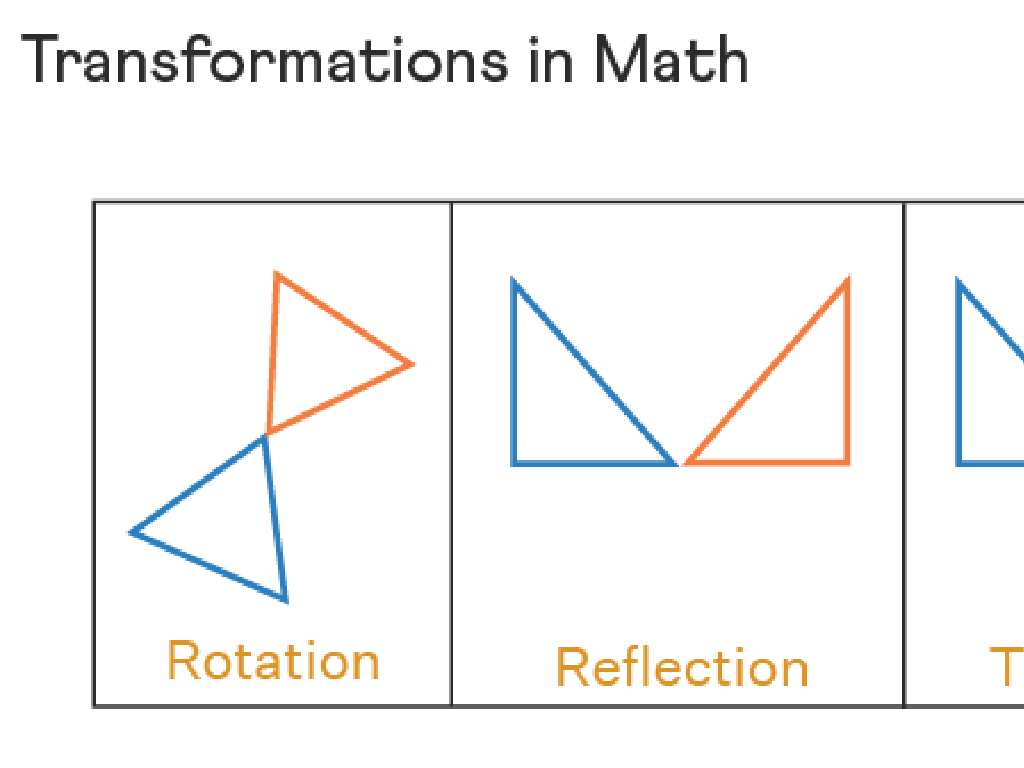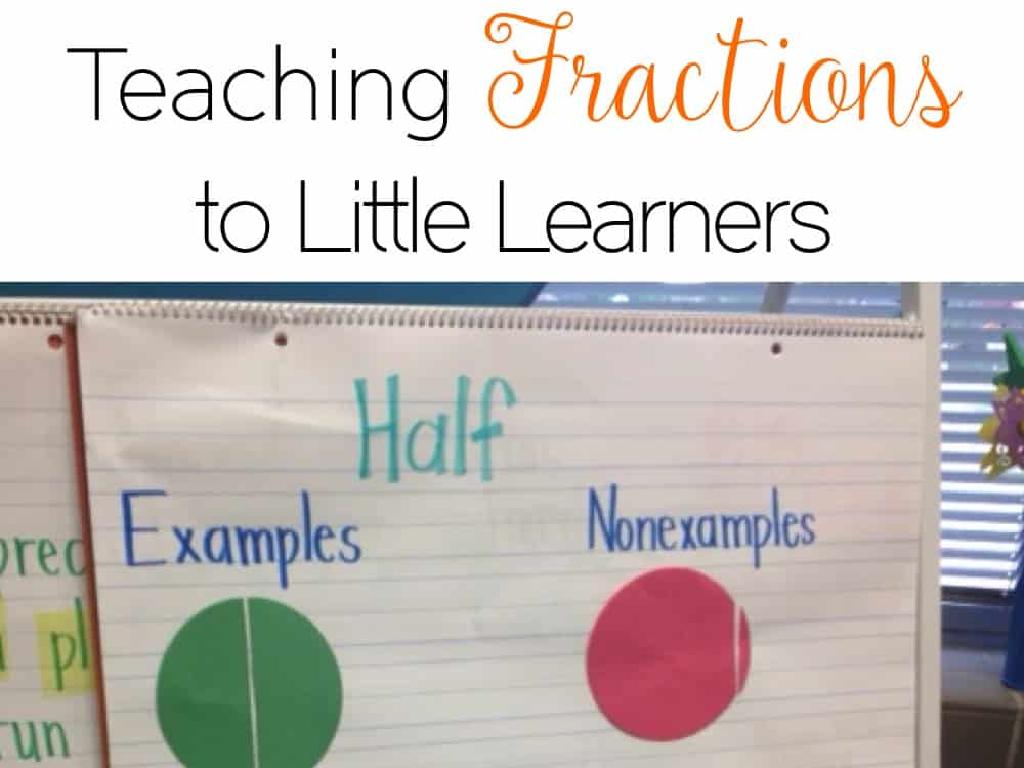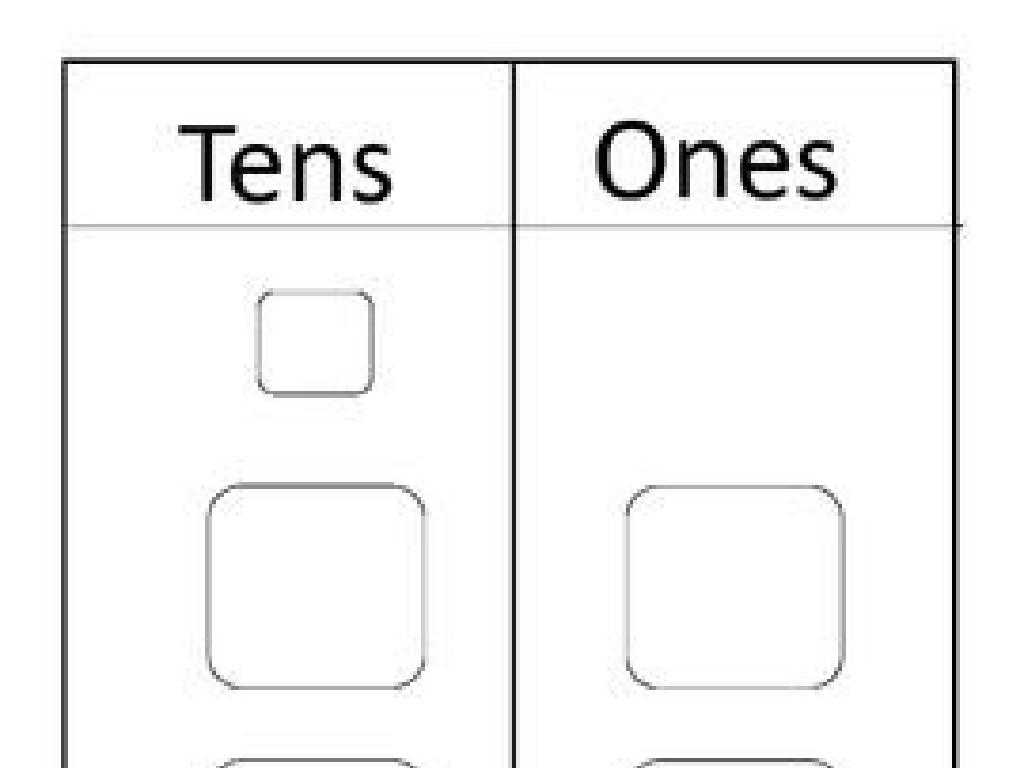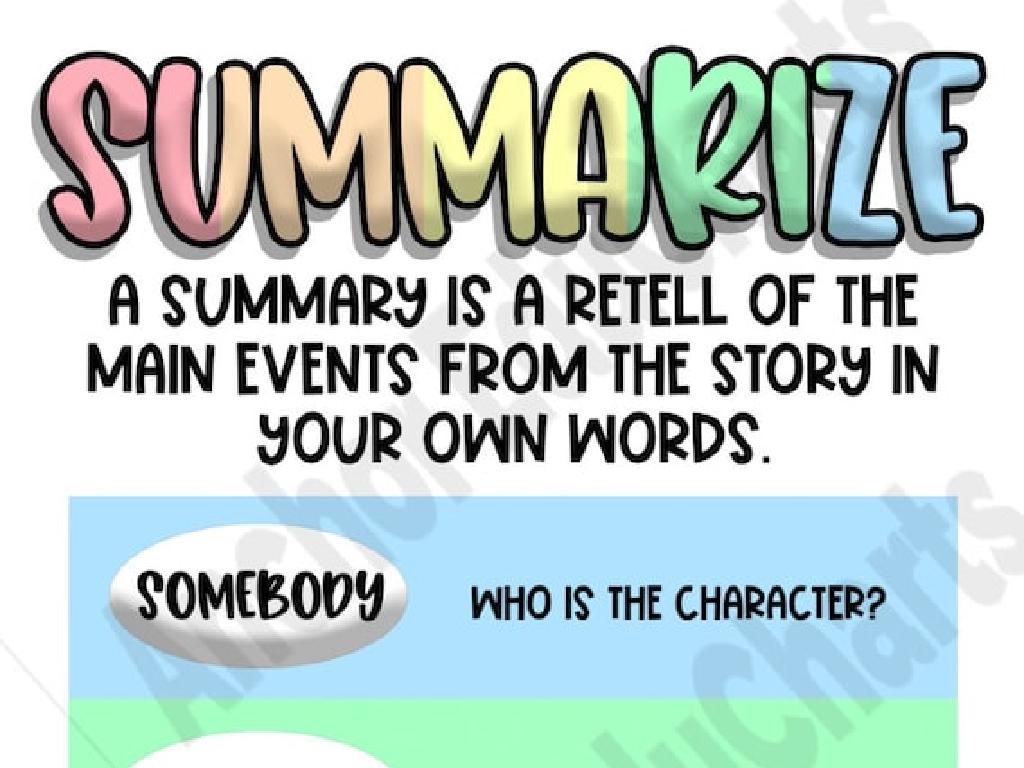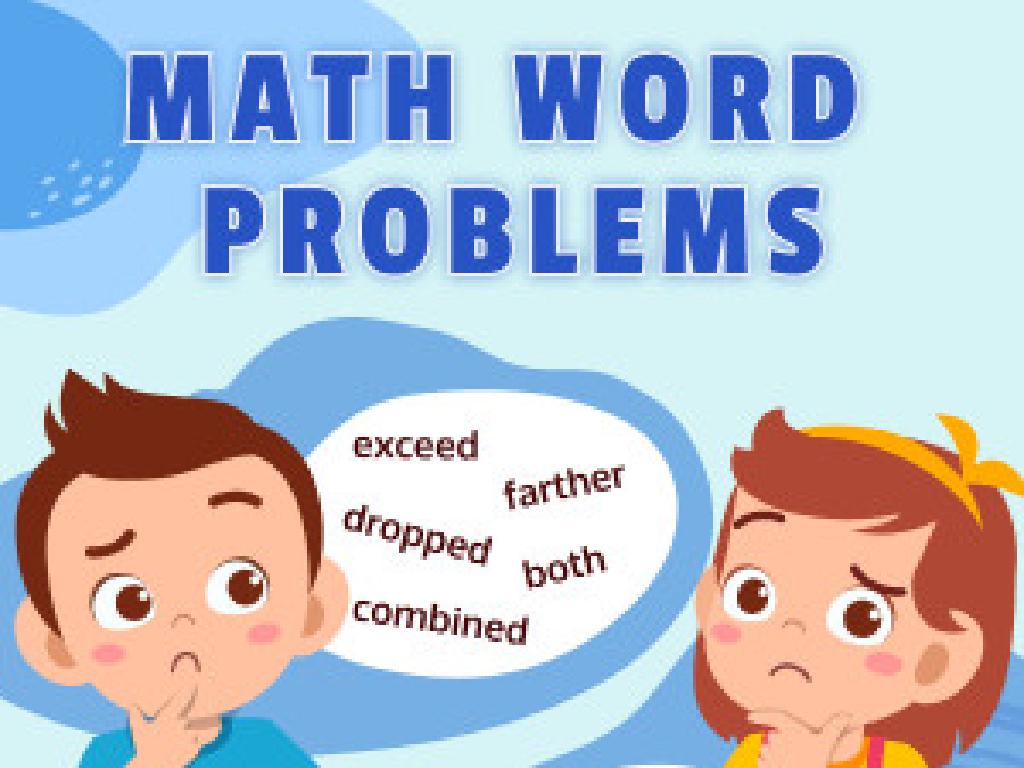Price Lists
Subject: Math
Grade: Fifth grade
Topic: Money
Please LOG IN to download the presentation. Access is available to registered users only.
View More Content
Introduction to Price Lists
– Understanding money and prices
– Money is used to buy things, and each item has a price.
– Exploring what a price list is
– A price list shows all items for sale and their costs.
– Discovering the importance of price lists
– Price lists help us compare and make smart buying choices.
|
This slide introduces the concept of price lists within the broader topic of money management. Begin by discussing the role of money in everyday transactions and how prices determine the cost of items. Explain that a price list is a tool that stores and businesses use to display the prices of items they have for sale. Emphasize the importance of price lists in helping consumers make informed decisions by comparing the costs of different items. This foundational knowledge will aid students in understanding how to manage and spend money wisely. Encourage students to think of times they have seen price lists in real life, such as at a grocery store or in a catalog.
Understanding Price Lists
– Items and services offered
– List of goods or services for sale
– Individual item pricing
– Each item’s cost is clearly shown
– Reading a price list
– Learn to find items and compare prices
– Practical uses of price lists
– Helps with budgeting and making choices
|
This slide introduces students to the concept of price lists, which are essential tools for understanding how goods and services are valued in the marketplace. Begin by explaining that a price list includes all items or services available for purchase. Each item on the list has a price that shows how much it costs. Teach students how to navigate a price list by locating specific items and understanding how to compare the prices of different items. Emphasize the importance of price lists in everyday life, such as when shopping or making decisions about what to buy within a budget. Encourage students to think about how they might use price lists in their own lives, perhaps by relating it to grocery shopping or planning a small event.
Calculating Total Cost with Price Lists
– How to sum up item prices
– Using addition for total cost
– Example: Total grocery list cost
– If apples cost $1 each and you buy 5, what’s the total?
– Practice adding prices together
– Try adding the cost of items on a list you make!
|
This slide is aimed at teaching students how to calculate the total cost of items using a price list. Start by explaining the concept of a price list and how it is used in everyday shopping. Demonstrate with an example, such as calculating the total cost of a grocery list, by adding the price of individual items. For instance, if apples are $1 each and a student buys 5, they need to multiply 1 by 5 to find the total cost for apples. Encourage students to practice by creating their own list of items and prices, then adding them up to find the total cost. This exercise will help reinforce their addition skills and understanding of how to use price lists in real-life scenarios.
Comparing Prices: Finding the Best Deal
– Learn to compare similar items
– Look at the price and quantity of items
– Understand how to find the best deal
– Compare unit prices to see which is cheaper
– Activity: Price comparison exercise
– Choose items from different stores and compare their prices
– Discuss our findings as a class
|
This slide introduces the concept of comparing prices to find the best deal, which is an essential life skill. Start by explaining how to look at the price and quantity of items to compare them effectively. Teach students to calculate unit prices to determine which item offers more value for money. For the activity, provide students with price lists from various stores and ask them to find the best deals on specific items. After the activity, have a class discussion about the different prices found and what factors influenced their decisions. This will help students understand the practical application of math in everyday life and encourage smart shopping habits.
Budgeting with Price Lists
– Plan spending with a price list
– Price lists help us decide what we can buy with our money.
– Learn to stay within a budget
– It’s like a game where you must not spend more than you have.
– Create a budget for a class party
– Example: If we have $50, how can we spend it on food, decorations, and games?
|
This slide introduces students to the concept of budgeting using price lists. It’s important to explain that a price list is a tool that helps us make decisions when spending money. By planning and allocating funds for different items, students learn the value of staying within a budget. Use the example of creating a budget for a class party to make the concept relatable and engaging. Discuss with the students how they would allocate a fixed amount of money to different aspects of the party, such as snacks, drinks, and entertainment, ensuring they do not exceed the total budget. This practical exercise will help them understand the importance of planning and prioritizing expenses.
Real-Life Applications of Price Lists
– Everyday use of price lists
– Grocery shopping, online purchases
– Understanding taxes and discounts
– Calculate final costs with added tax or applied discounts
– Reflect on personal experiences
– Discussing price list usage
– Share times you’ve used a price list
|
This slide aims to connect the concept of price lists with students’ daily experiences. Begin by discussing how price lists are used in common scenarios like grocery shopping or online purchases. Explain how taxes and discounts affect the final price of items, and provide a simple example, such as calculating the total cost of a discounted toy or the added tax on a book. Encourage students to think about and share their own experiences with price lists, such as buying school supplies or choosing a snack. This discussion will help students understand the practical importance of knowing how to read and calculate costs from price lists.
Class Activity: Create Your Own Price List
– Design a Lemonade Stand price list
– List at least 5 items to sell
– Set a price for each item
– Calculate total cost for all items
– Add up the prices of all items to find the total
|
This activity is designed to help students understand the concept of price lists and basic addition in a fun and practical way. Students will create a price list for items they might sell at a lemonade stand. Encourage creativity in the items they choose to sell, and guide them to set realistic prices. Once they have their list, they should practice adding the prices together to find the total cost for one of each item. This will reinforce their addition skills and give them a taste of managing a simple business. Possible variations for different students could include offering discounts, calculating change for various amounts given, or adding sales tax to the total cost.

